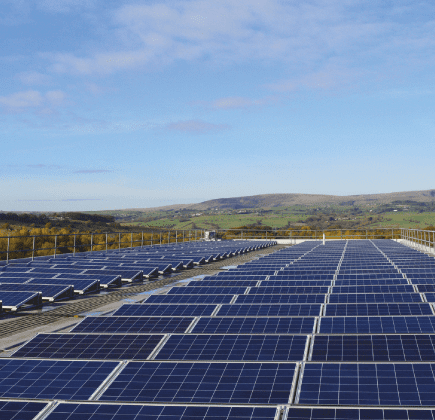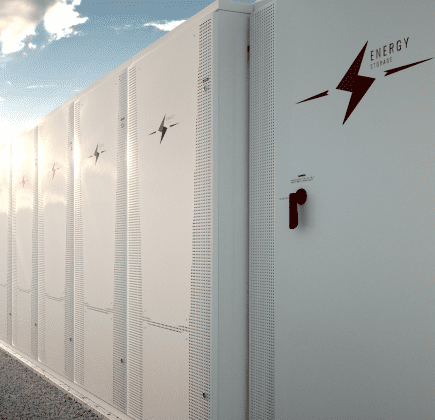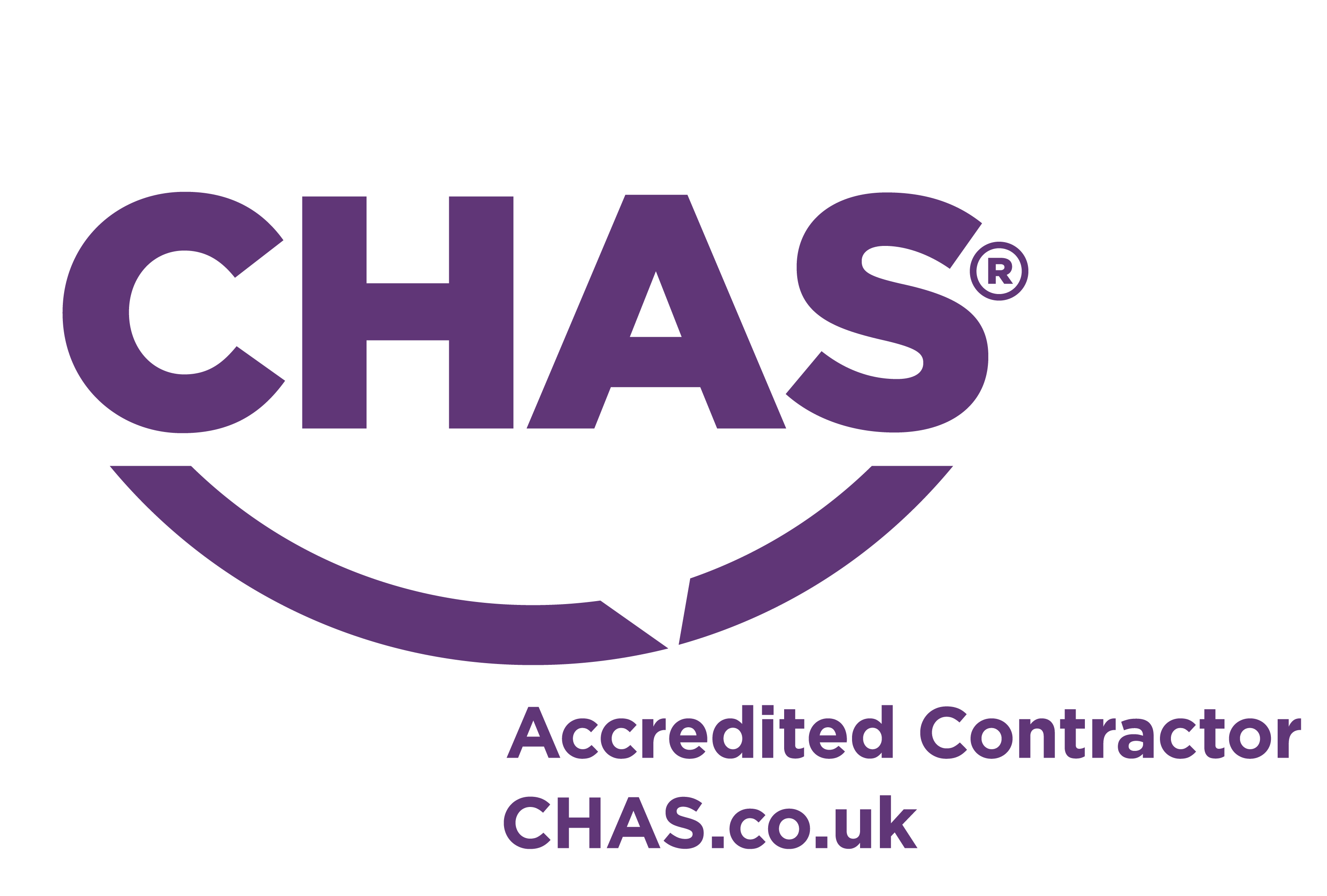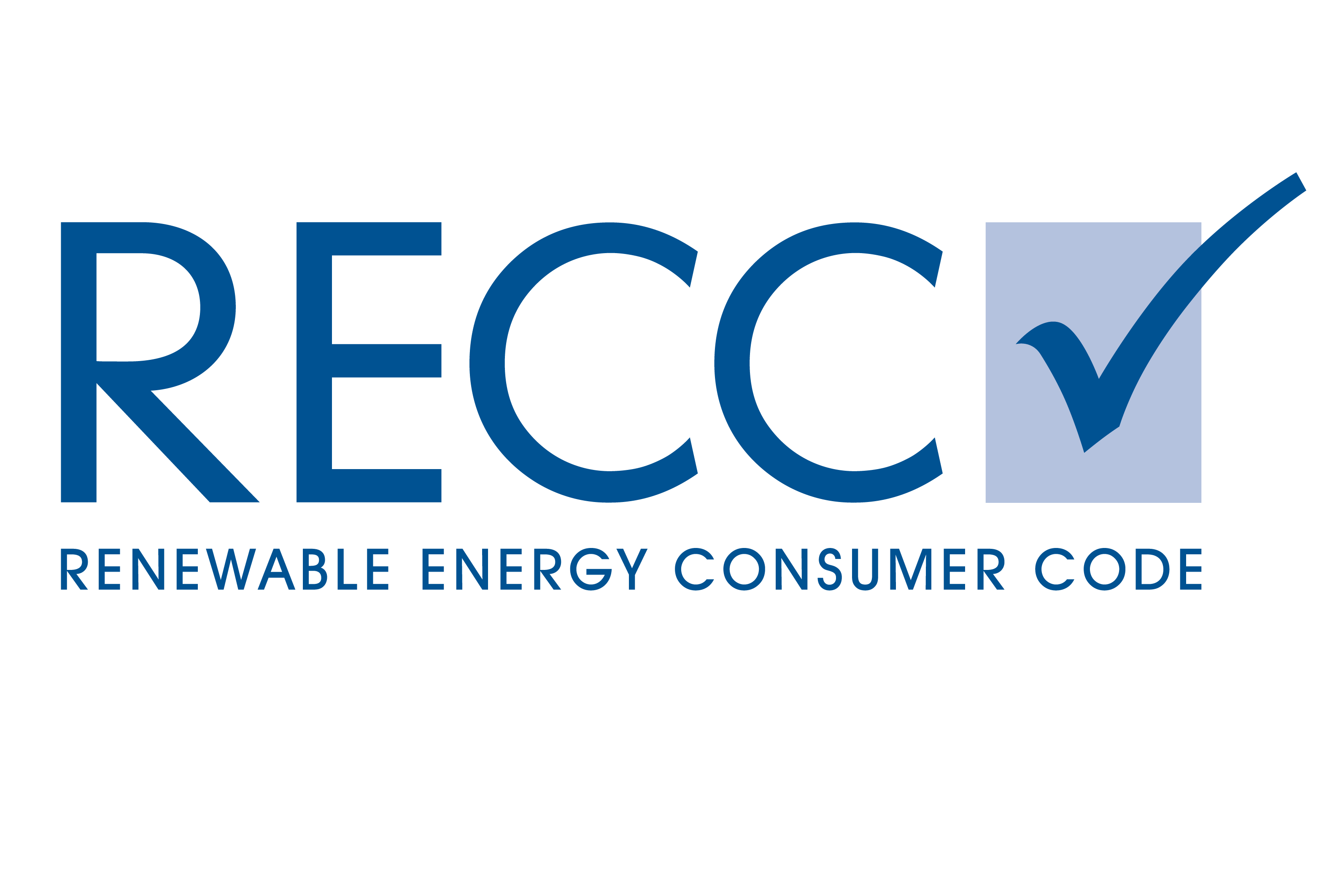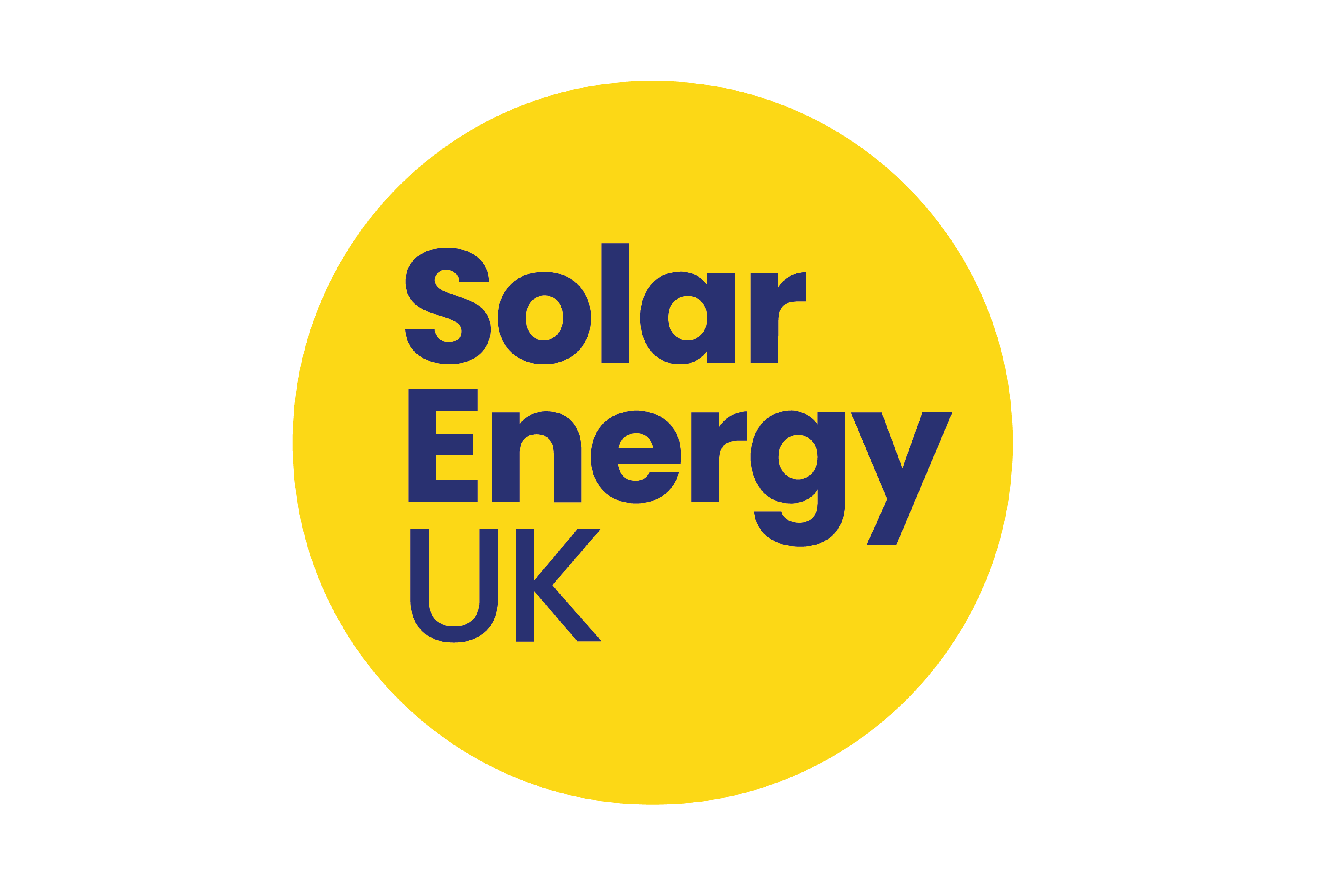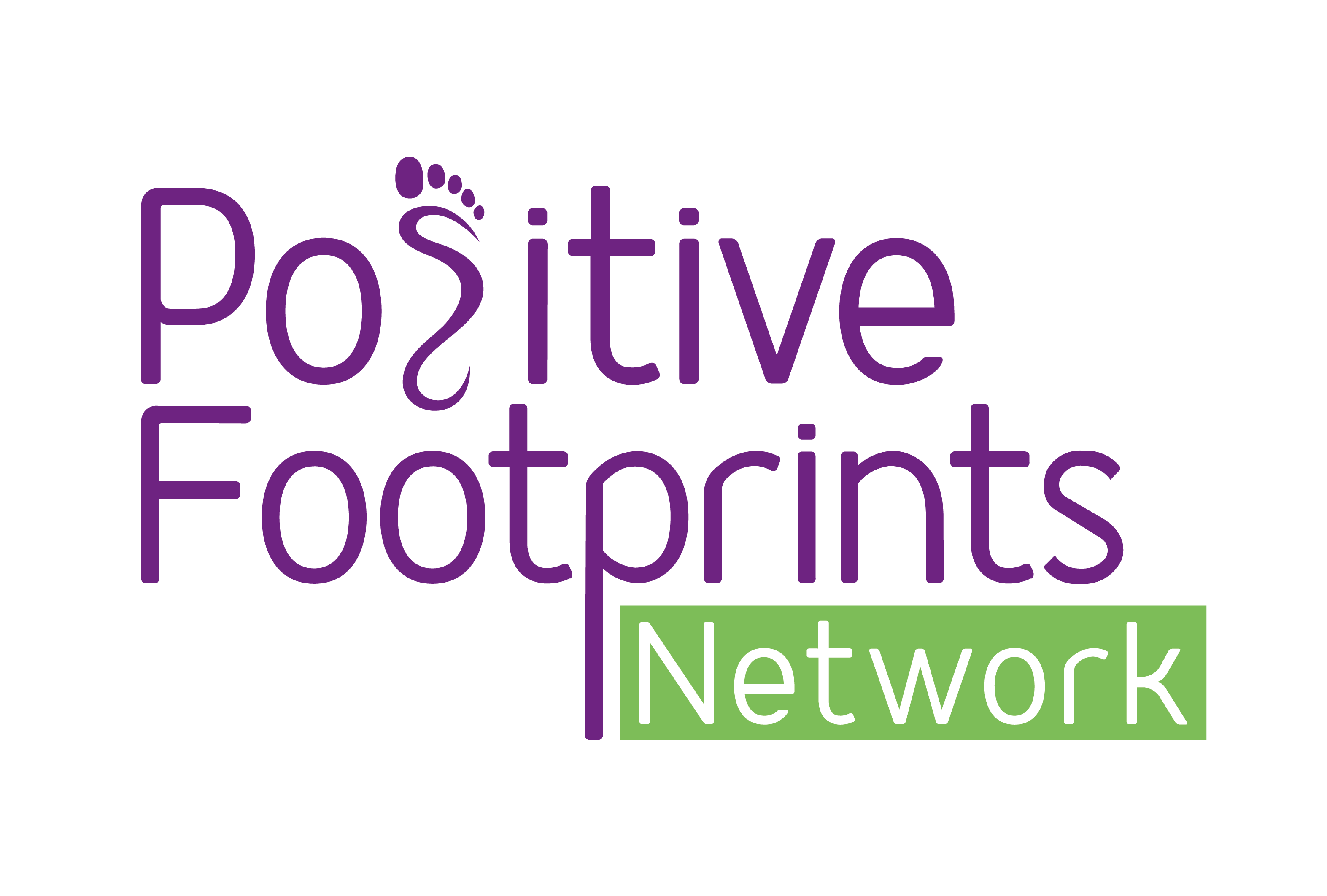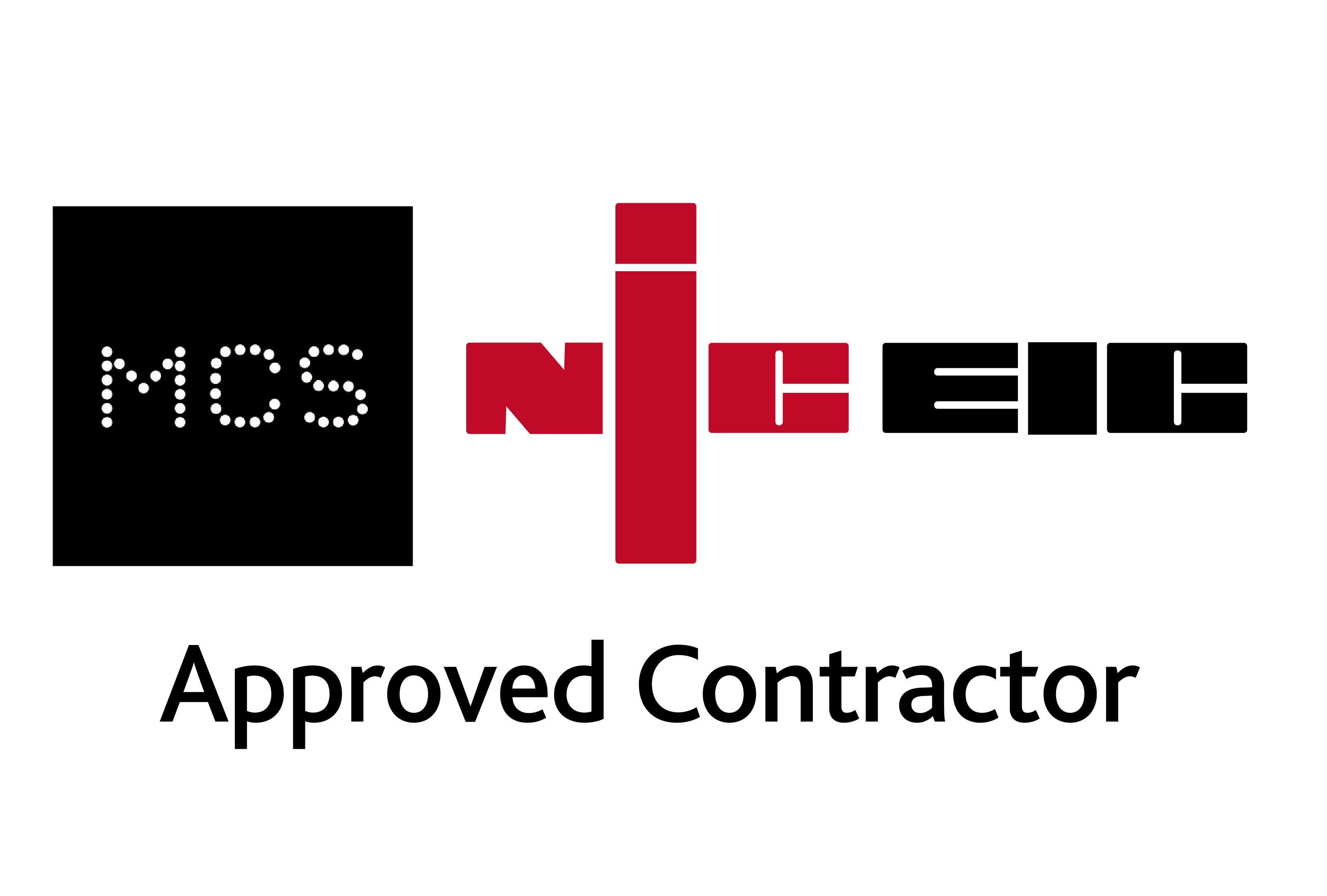
Energy Saving Tips
Lets start with the obvious
The longer your heating is on and the higher the thermostat is set, the higher your bills will be. But too often timers and thermostats are installed and forgotten about. A few simple steps can make all the difference:
Make sure
- Timers are set to the right date and time, especially when the clocks change – you can add a reminder to your calendar.
- Different working hours on weekends and bank holidays are taken into account when setting controls
- The heating in offices is set at the recommended 19oC and cooling set at 24oC or higher
- The temperature is set lower than 19oC in corridors, storerooms and areas of higher physical activity
- Controls are not tampered with – if you haven’t already done so, identify a member of staff to take responsibility for the controls
- Everyone is aware how expensive air conditioning (AC) is: it can be double your energy bill
- Ensure air conditioning is turned off in meeting rooms when people leave
- Either open windows or use AC – never both, or you’ll just be cooling the neighbours
- AC in IT server rooms is set as recommended by the manufacturer
Doors and windows
Up to 30% of heating costs can be saved by preventing cold air entering a building, so controlling this is one the simplest ways to reduce energy bills. The following steps won’t cost you a penny:
Make sure
- Staff are aware of the cost of wasted heat
- Draughts, unused doors and flues are sealed up
- Doors are not propped open for convenience
- Staff are encourage to turn the thermostat down before opening doors or windows
Office layout
Where people sit can make a big difference to how warm they feel. A clear sign that there is a problem is the use of plug in electric heaters; these are expensive to run and are a possible health and safety risk
Make sure
- Radiators are free from obstructions – don’t block these with cupboards or filing cabinets
- Staff desks are in the ‘goldilocks’ position – not too close or too far from radiators
- Thermostats are set correctly and are in the right location
So you’ve got the ball rolling, what next?
Timers and thermostats
Not only does over-heating and cooling waste money, it also has an impact on staff morale and productivity, so its worth a little investment. Unfortunately, sometimes thermostats are just in the wrong place and they’ll need to be relocated. These low cost actions are worth investigating.
Why not?
- Relocate thermostats to areas that aren’t affected by local heating or cooling from radiators, draughts or direct sunlight.
- Upgrade to modern electronic thermostats which are much more accurate. These thermostats can be wireless, making fitting easy.
- Fit additional thermostatic controls in problem areas where comfort levels are difficult to maintain.
Doors and windows
Put simply, the layer the opening, the bigger the cost. A systematic look at all the windows, doors and other sources of draughts will enable you to significantly reduce the amount of cold air entering your building at low cost, while still ensuring adequate ventilation where needed.
Why not?
- Identify all sources of draughts and fit appropriate draught proofing
- Separate areas which have different temperatures with swing doors that allow easy access, or fit PVC strip curtains to reduce draughts
- Fit spring-loaded door closures to minimise the amount of time doors are open
- Interlock heating controls with warehouse door opening, so heaters only work when doors are closed
 Energy Technology
Energy Technology

Powering your present. Preserving your future.
Call us on 01282 421 489

strategy be a priority?

